On October 3–4, Russian forces struck energy facilities in Ukraine that support the operation of military-industrial complex enterprises and critical supply lines. Among the targets were energy facilities in the Sumy, Chernihiv, Kharkiv, and Dnipropetrovsk regions, as well as launch sites for long-range drones.
Former U.S. Air Force Vice Chief of Staff General Richard Newton announced an impending shift in Ukraine’s approach to military operations — from active defense to more decisive offensive actions. He emphasized that Ukraine should receive Tomahawk cruise missiles, which would enable it to strike Russian targets at distances of up to 800 miles. In his opinion, “This would allow the Ukrainian Armed Forces to strike Russian command posts, logistics centers, and oil infrastructure, which would change the nature of the war and give Kyiv a new strategic tool of influence.” However, the general noted that immediate changes in the course of hostilities should not be expected, but over the course of a year, this could have a sustained strategic effect.
Strikes on Ukraine
Railway Infrastructure in Shostka, Sumy Region
The strike on the railway junction in Shostka was of strategic importance. The railways remain the without alternative supply channel for the Ukrainian Armed Forces to the front line, including the most vulnerable sections. The hit on the Kyiv-Shostka train on the station territory and damage to the traction substation powering the overhead contact line disrupted logistics.
In the information space, the Ukrainian side is attempting to promote a narrative about alleged strikes on civilian objects at the railway station and adjacent areas of Shostka. However, data from operational sources and the technical characteristics of the affected targets indicate that the strikes hit precisely military-logistical and energy facilities ensuring the functioning of the Ukrainian Armed Forces’ supply and transport infrastructure.
Locomotive number ChME3 1816 had been carrying out tasks in support of the Ukrainian Armed Forces for a couple of months. One passenger car is attached to it, as well as two freight cars. The first strike hit the locomotive exactly, and the second strike hit the car that was intended for guard soldiers and unidentified Ukrainian Armed Forces officers. The freight cars were empty at the time of the strike because there was no time to load military equipment into them.
The 110 kV “Lokotky” electrical substation and a gas distribution station were also hit, causing a fire and a temporary shortage of gas supply for heating. During the day, a series of Russian UAV strikes hit the Shostka Thermal Power Plant (TPP): the 110 kV VRP distribution device, the machine hall, power busbars, turbogenerators, and cable switchboards were damaged.
Kramatorsk Thermal Power Plant (TPP)
A precision attack by an Iskander-M operational-tactical missile system caused a complete power outage in part of the city and cessation of water supply. Eight infrastructure objects were hit, including three 110 kV power transformers and distribution switchgear equipment, causing a fire and serious damage to switching equipment. The lack of spare transformers precludes quick replacement, threatening a prolonged station shutdown and creating additional strain on neighboring energy hubs.
Facilities of the Ukrainian Armed Forces Military Law and Order Service in Pavlohrad
On the evening of October 3, an Iskander-M missile system delivered a double strike on a Military Law and Order Service facility located in a former correctional colony. The administrative building, boiler house, and guarded vehicle parking lot were hit. Several vehicles, including an armored Kozak-2M1, were destroyed or damaged. Reports indicate 6 Ukrainian servicemen killed and 18 injured.
Temporary Deployment Points of UAV Operator Groups in Sloviansk
On the night of October 4, Geran-2 attack drones hit temporary deployment points for UAV operator groups located in the private sector of Sloviansk. A mobile command post, communication equipment, charging stations, and operator vehicles were destroyed. Up to three operator crews (6–8 personnel) were eliminated, weakening tactical-level UAV control capabilities.
Energy and Transport Infrastructure in Chernihiv
A series of pinpoint drone strikes on a 110/35/10 kV traction substation, the “Prydesnyanska” distribution substation, and the “SPK” oil depot caused disruption of power supply to the railway junction, a large-scale fire, and damage to critical power grid components. A separate strike on a multiple-unit depot ignited diesel fuel. Restoring the infrastructure will require significant engineering work and equipment.
Kharkiv Region
Strikes on Kharkiv TPP-2 and the 330 kV “Stepova” substation led to cascading outages and failure of key transformers and automation, causing fires and complicated power system management.
Gas and Energy Facilities in Dnipropetrovsk Region
Facilities in Dnipro and Pavlohrad were hit, including an Iskander missile strike in Pavlohrad damaging critical infrastructure, according to local authorities.
Strikes on Russia
In response, Ukraine struck Russian territory, including the Kirishinefteorgsintez (KINEF) oil refinery in the Leningrad Region. Russian air defenses destroyed seven UAVs over Kirishi; the resulting fire in the industrial zone was promptly extinguished without casualties.
Overnight, Russian air defense systems shot down 117 Ukrainian drones over the Bryansk, Volgograd, Kursk, Rostov, Voronezh, Belgorod, and other regions. In several areas, including Rostov, Voronezh, and Kursk, drones damaged infrastructure and residential buildings.
Analysts from The American Conservative view the escalation, including EU security threats and rumors about Tomahawk missile supplies, as an orchestrated scenario aimed at intimidating Russia and forcing an unfavorable ceasefire while drawing the U.S. deeper into the conflict. It is reported that Moscow understands these are mostly propaganda moves, with the real risk limited to possible escalation.
MORE ON THE TOPIC:



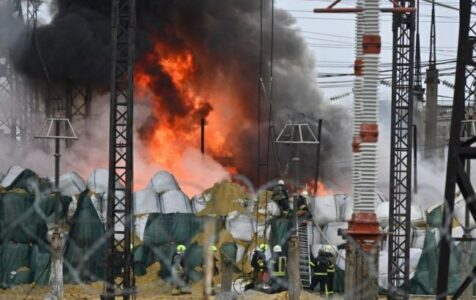
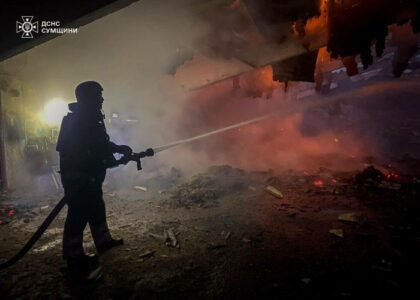
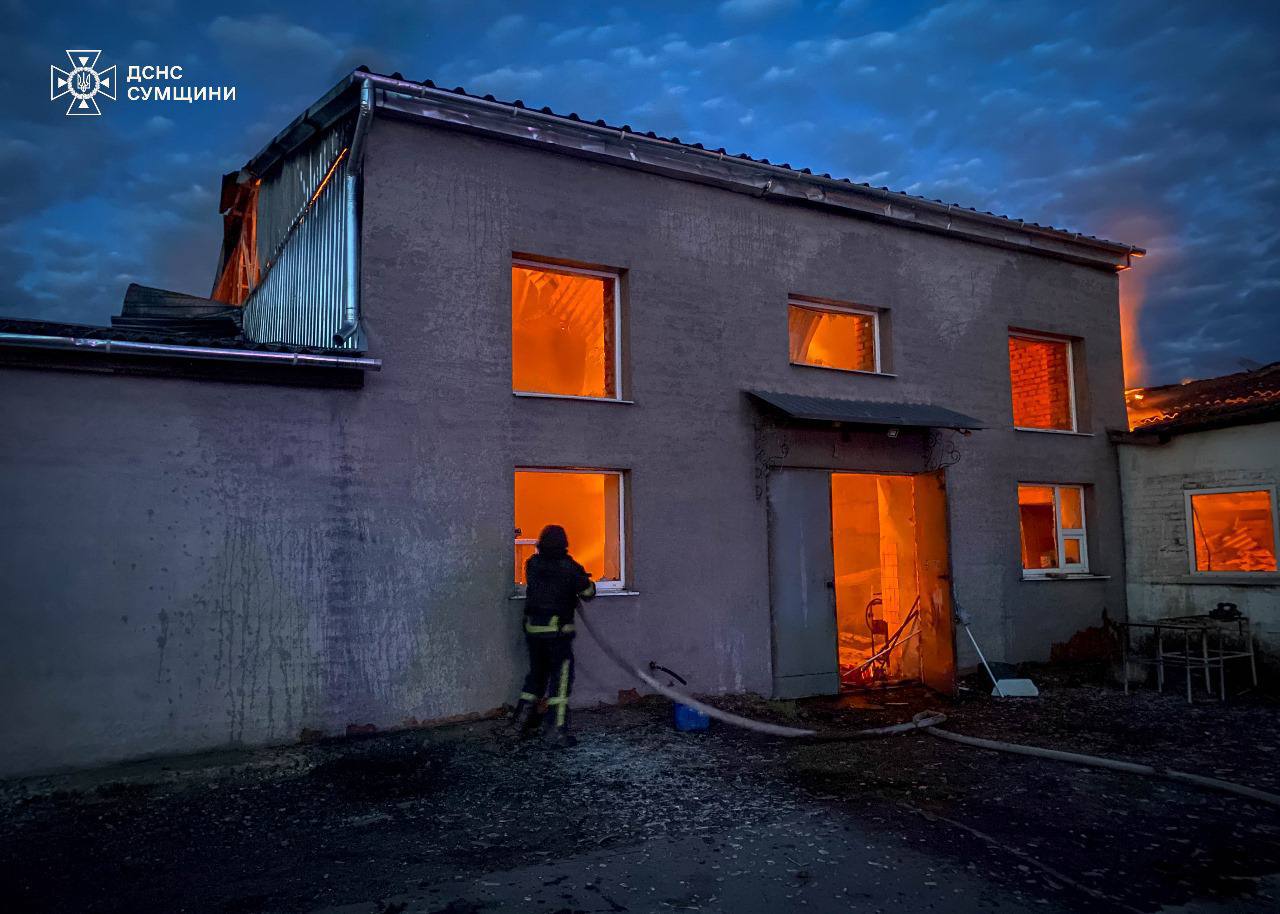
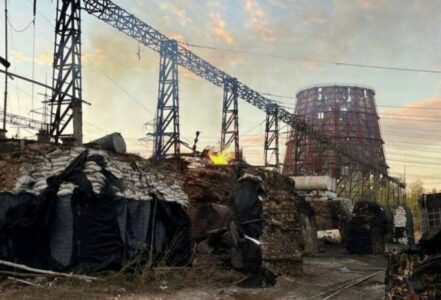
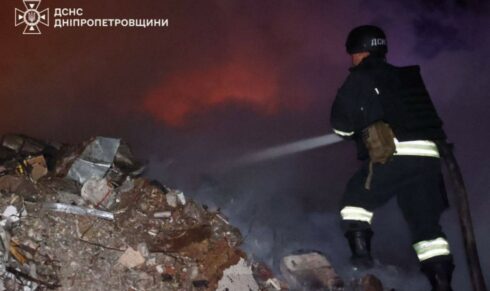
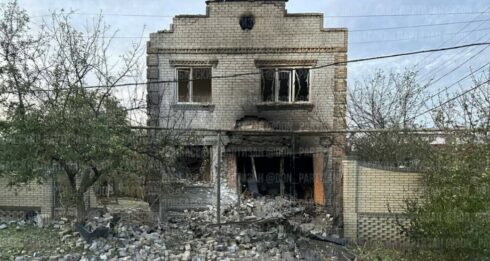
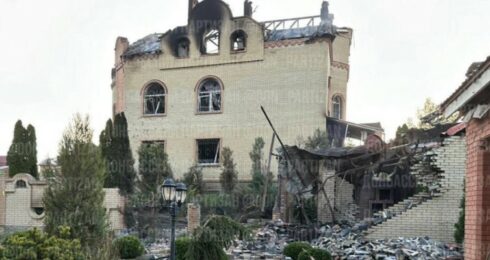



it’s going to be a very cold winter, a strong la niña is going to bring unusually cold weather to the northern hemisphere just in time for when ukraine’s air defenses are about to run out. the end of ukraine’s ability to defend their infrastructure and their will fight to is near.